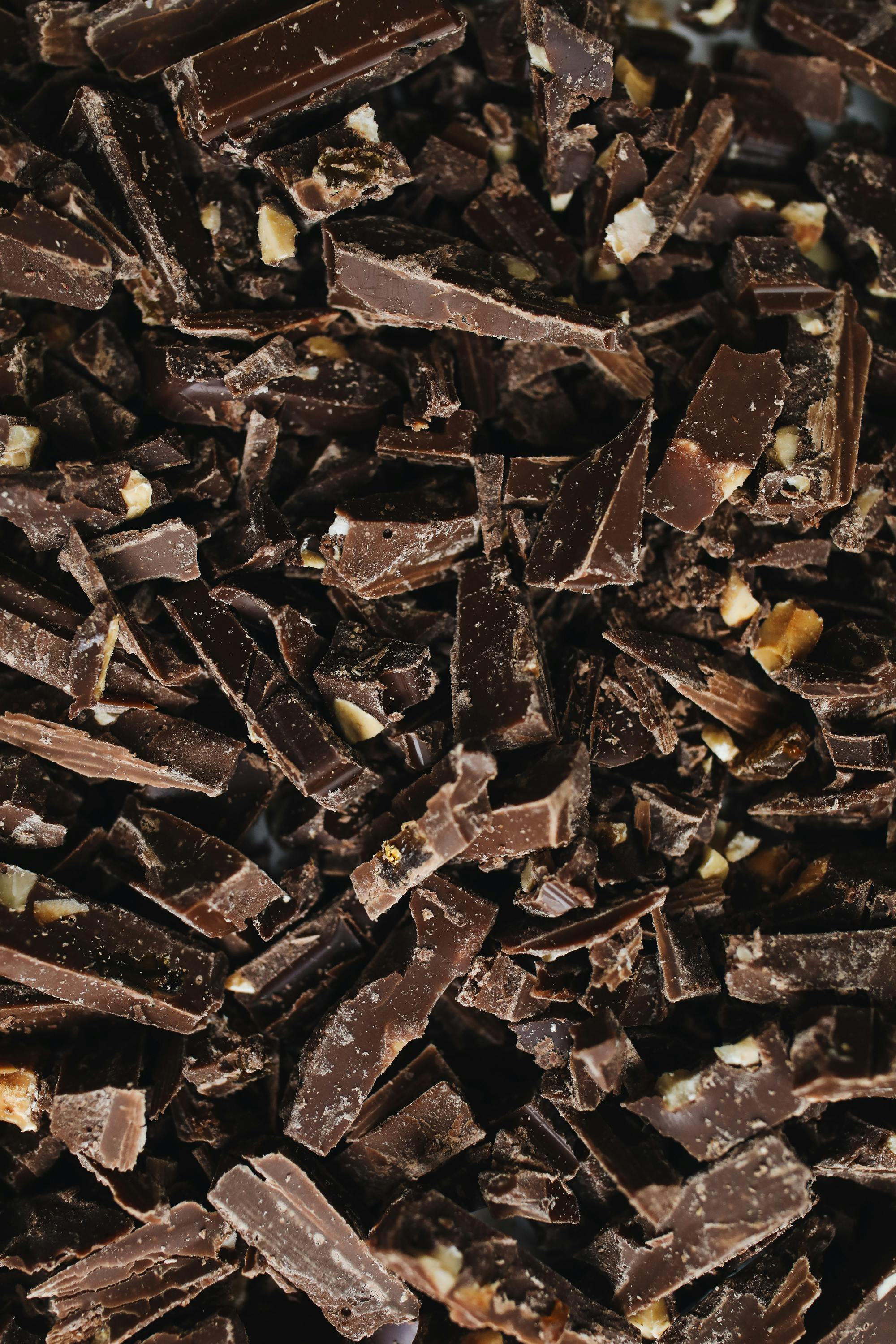Staubläuse Bisse: Understanding the Basics
What Are Staubläuse?
Staubläuse, commonly known as dust fleas, are small, wingless insects belonging to the order of Collembola. These creatures are typically found in moist environments and are known for their ability to jump considerable distances, much like fleas. In this section, we will explore their characteristics, habitat, and behavior, which are vital to understanding how to manage their presence in your home.
Characteristics of Staubläuse
One of the most distinguishing features of **Staubläuse** is their size, usually measuring between 1 to 2 mm long. Their bodies are soft and can be various colors, including white, gray, or green. **Staubläuse** are often mistaken for tiny lice or fleas due to their jumping ability, which they accomplish using a structure called the furcula. This appendage acts as a spring, propelling them to escape predators or to navigate their environment. Furthermore, Staubläuse are critical players in the ecosystem as they help decompose organic matter and maintain soil health, making their presence beneficial when managed correctly.
Habitat of Staubläuse
These creatures thrive in moist, dark places commonly found in spaces like basements, bathrooms, and under mulch in gardens. **Staubläuse** prefer environments with high humidity levels and organic debris to feed on. They primarily consume decomposing plant matter, decaying leaves, and fungi, which contribute to their role in the breakdown of organic matter. To control their population, maintaining dryness in cracks and crevices and regular cleaning in susceptible areas are essential steps homeowners can take.
Signs of Staubläuse Infestation
Identifying a **Staubläuse** infestation in your home can help you take proactive measures to manage it. Here, we discuss what to look out for, including sightings, allergic reactions, and the role of dust in their presence.
Visual Identification
Seeing **Staubläuse** themselves is a sure sign of their presence. Typically, you’ll notice them hopping around when disturbed. They are often found in clusters, particularly in areas with high humidity and organic matter. If you spot them on walls, floors, or even near houseplants, it’s time to investigate further and take action.
Allergic Reactions to Staubläuse Bisse
While **Staubläuse** do not bite humans, their presence can lead to allergic reactions in some individuals. Common symptoms might include skin irritation or respiratory issues due to allergens released in their environment. Recognizing these signs can help you differentiate between **Staubläuse** and other pests that might cause itching or discomfort.
How to Prevent Staubläuse Infestation
Preventing a **Staubläuse** infestation is often easier than eradicating one. This section will provide practical advice that homeowners can implement to keep these pests at bay.
Maintaining Dryness and Cleanliness
One of the most effective ways to prevent **Staubläuse** is by controlling excess moisture in your home. Be vigilant about fixing leaks and standing water, and ensure proper ventilation in areas like the bathroom and kitchen. Regular cleaning, particularly in hard-to-reach areas, also helps reduce the debris that **Staubläuse** thrive on. Consider using a dehumidifier in particularly damp sections of your home, as lowering humidity will deter not just these insects, but many others as well.
Removing Organic Matter
Decomposing organic materials attract **Staubläuse**, making it crucial to regularly dispose of organic waste around your home. Keep a close eye on the mulch in your garden or planters and consider using compost bins that are well-maintained and aerated. Additionally, regularly vacuuming carpets and floors can help eliminate **Staubläuse** eggs and larvae, further curtailing their population.
Managing Staubläuse Infestations
If you’ve spotted **Staubläuse** in your home, knowing how to manage their presence is key. This section covers both chemical and natural methods for addressing an infestation.
Chemical Control Methods
In cases of severe infestation, homeowners may need to resort to insecticides to effectively eliminate **Staubläuse**. Commercial pesticides specifically designed for indoor use can help target these pests quickly. However, it’s important to follow safety instructions on the product label, keeping pets and children away during application. Moreover, consider consulting with pest control professionals to identify the best treatment strategy tailored to your situation.
Natural Control Options
For those who prefer eco-friendly approaches, several natural methods can help reduce **Staubläuse** populations. Sprinkling diatomaceous earth around the areas they frequent will help dehydrate and kill them over time. Essential oils, such as peppermint or tea tree oil, can also be mixed with water and sprayed into infested areas to repel **Staubläuse**. Ensuring that your home remains clean and dry is the best long-term strategy for keeping these pests under control.
Key Takeaways
- Staubläuse are small, wingless insects thriving in moist environments.
- They can cause allergic reactions but do not bite humans.
- Prevent infestations by maintaining dryness and cleanliness.
- Both chemical and natural control methods exist for managing infestations.
- Regular cleaning and monitoring are essential for long-term prevention.
FAQ
1. What do Staubläuse feed on?
**Staubläuse** primarily feed on decomposing organic matter, including decaying leaves and fungi. By breaking down this material, they play a vital role in the ecosystem. If you want to prevent them, ensure that organic waste is regularly removed from your living space to reduce their food sources.
2. Can Staubläuse damage my home?
While **Staubläuse** do not physically damage structures, their presence indicates a moisture problem that could lead to mold or unseen damage over time. It’s essential to address any moisture issues promptly to prevent further complications in your home.
3. How can I naturally get rid of Staubläuse?
To naturally get rid of **Staubläuse**, you can sprinkle diatomaceous earth around areas where you’ve spotted them or use a solution of essential oils mixed with water to spray the infested areas. Regularly cleaning and removing organic matter will also help in keeping their numbers down.
4. Where are Staubläuse commonly found?
**Staubläuse** are typically found in damp, dark places such as basements, bathrooms, and under mulch in gardens. By maintaining a clean and dry environment, homeowners can prevent these pests from thriving in their spaces.
5. Do Staubläuse pose any health risks?
**Staubläuse** do not bite humans or pets; however, they can trigger allergic reactions in sensitive individuals. These reactions may include skin sensitivities or respiratory issues. Keeping your home clean and dry will help minimize these risks.


